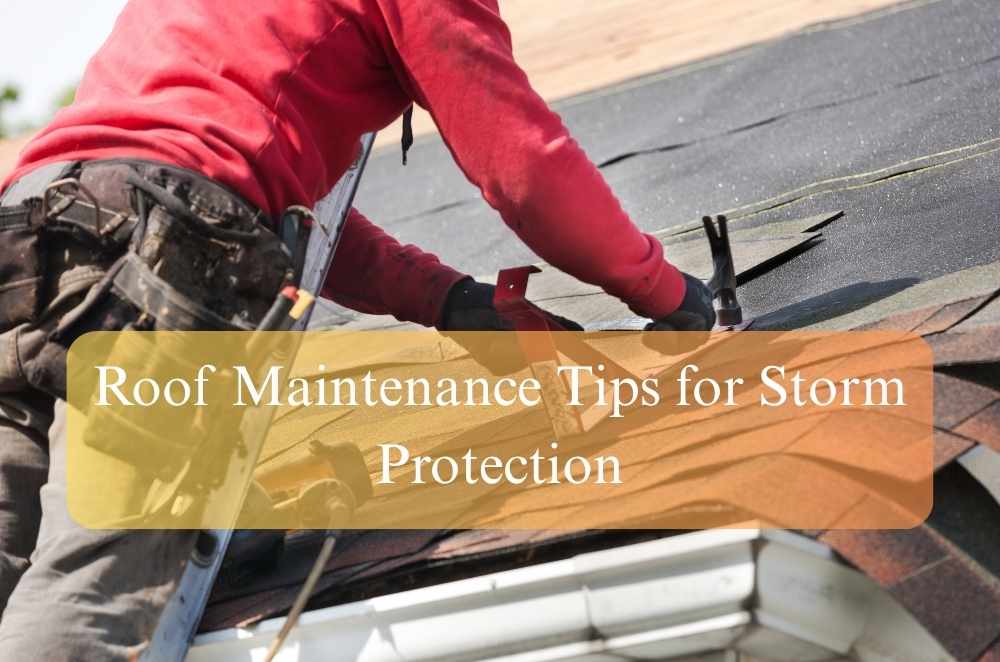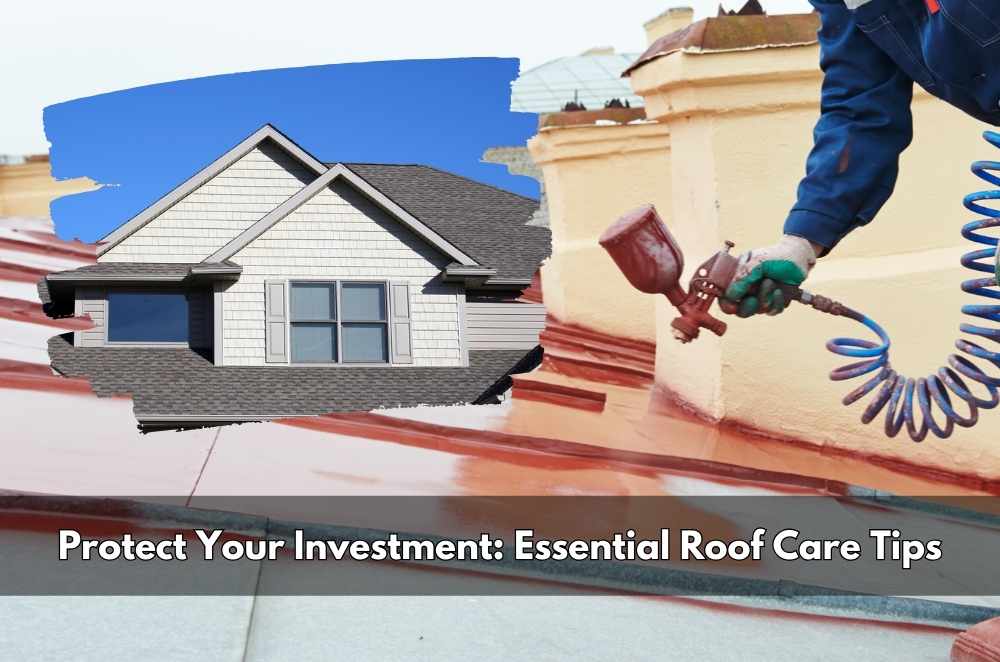
I didn’t realise how bad my roof looked until the neighbour got theirs restored. One day, their tiles were dull and patchy like mine; the next, their place looked brand new from the street. That’s when it hit me: maybe it was time I started looking into tile roof restoration for my place, too.
If you’ve typed tile roof restoration near me lately, you're not alone. With Australian weather doing its best to wear everything down, from harsh sun to heavy rain, tile roofs are often the first to show signs of fatigue. The tricky part? Knowing when a simple clean won’t cut it, and when it’s time to actually restore.
Here’s how to figure it out — before leaks, mould, or a costly re-roof sneak up on you.
1. Your roof tiles are looking faded, patchy or chalky
One of the most obvious signs your tiled roof needs attention is visible wear. If your tiles have lost their colour or feel like they’ve been bleached by the sun, that’s not just about looks — it’s a sign of coating breakdown.
Terracotta and concrete tiles are both porous. Over time, UV exposure breaks down protective coatings, leaving tiles dry and brittle. That “powdery” feel you get when you touch them? It’s called chalking, and it’s a red flag.
While cleaning can help in the short term, it won’t stop ongoing surface damage. Restoration involves resealing and re-coating, which gives tiles back their resilience and water resistance, especially important for older roofs.
2. You’re seeing moss, lichen or black streaks
A little moss is common. But if it’s starting to spread across entire sections, or if black streaks are forming along tile lines, your roof is retaining too much moisture.
This isn’t just cosmetic. Moss and lichen trap water, creating a damp environment that speeds up tile decay. And in Australia’s humid zones, that moisture can sneak inside roof cavities, encouraging mould or timber rot.
Restoration doesn’t just clean it — it fixes the cause. High-pressure cleaning, anti-fungal treatment, and sealing help prevent regrowth and protect the structure long-term.
3. It’s been over 15 years since your last roof treatment
Roof coatings aren’t permanent. Like exterior paint or driveway sealant, they degrade with exposure.
If your roof hasn’t been professionally restored in 15–20 years, chances are it's overdue. Even if you can’t see obvious damage, UV rays and seasonal wear chip away at the protection layer by layer.
In some cases, you may be compliant under roof maintenance guidelines in Australia, but still at risk of structural damage, especially if you’ve skipped inspections.
We recommend checking out how often you should restore your tile roof for a full timeline based on tile type, home age, and climate.
4. Cracked tiles, loose ridge capping or leaking ceilings
If you’re spotting cracked tiles or loose ridge caps, it’s time to act.
Ridge capping keeps the roof sealed where two roof planes meet. If it’s crumbling or shifting, it allows water to slip through, often silently at first. You might not notice damage until plaster starts to bubble or sag inside your ceiling.
What starts as one cracked tile can quickly become five. And once leaks begin, they often bring insulation damage, mould, or even electrical faults.
A full roof restoration includes:
Replacing broken or slipped tiles
Re-bedding and re-pointing the ridge capping
Sealing vulnerable joints and gaps
Applying fresh weatherproof coatings
5. Gutter overflow or signs of debris build-up
Sometimes, the roof isn’t the problem — but the gutters are telling the story.
If you’re constantly clearing tile grit, moss clumps, or roof dust from your gutters, that’s a clue your tiles are breaking down. Over time, old concrete tiles shed debris into gutters, clogging drainage and causing overflow during storms.
It’s more than a maintenance hassle — it can damage fascia boards and flood eaves.
Restoring your roof can prevent that cycle. It extends the life of the materials and keeps your roof system working as a unit, from tiles to valleys to gutters.
6. Your home looks tired, and it’s hurting your property value
This one’s less about structural risk and more about curb appeal.
Faded, streaky roofs age your home fast, even if the interior is pristine. If you’re planning to sell or just want to freshen up your property’s look, a restored roof can lift the entire street presence.
We’ve seen properties jump in valuation after a full restoration, especially in older suburbs where tiled roofs dominate. A fresh, sealed, and coloured roof signals to buyers that the home’s been looked after.
It also gives a competitive edge if similar homes in your area haven’t had theirs done.
A quick checklist: signs your tiled roof needs restoration
Here’s a short gut-check list based on what we’ve covered:
Tiles look pale, patchy or flaky
Moss or lichen is growing fast
Gutters are filling with tile dust or grit
Cracks, leaks or sagging plaster inside
Ridge caps feel loose or shifted
It’s been 15+ years since the last treatment
The roof looks weathered, and property value is a concern
Tick two or more? It’s worth booking an inspection sooner rather than later.
What roof restoration actually includes
Some homeowners think it’s just a glorified pressure wash. It’s not.
Here’s what a proper tile roof restoration typically involves:
Inspection of tile condition and structure
Replacement of broken tiles
Full pressure clean (removes moss, debris, coatings)
Re-pointing and re-bedding ridge caps
Antifungal and antileishmanial treatment
Primer, sealant, and topcoat application
It’s like giving your roof a second life — visually and structurally.
Still unsure if it’s worth the money? Read this breakdown of the benefits of restoring tile roofing to see the real ROI for Aussie homes.
My own experience — and what I learned
When I finally booked a roof restoration, I thought it’d be a hassle. A week of tradespeople, noise, and delays. In the end? Two and a half days, zero issues, and a roof that looked brand new.
What surprised me most was the temperature change indoors — the new coatings helped reflect heat, and the inside stayed cooler during summer. That’s something I never expected.
Plus, no more sweeping tile dust out of the gutters every other month. Small wins, big relief.

Final thought: Catch it before it costs you
If you’re googling tile roof restoration near me, that’s usually your gut telling you something’s not right. And trust me, it’s better to restore than to replace.
A full roof replacement can cost tens of thousands. Restoration? A fraction of that — and if done right, it buys you another 10–15 years of protection.
It’s one of those things where acting early saves more than just money. It protects your house, your comfort, and your peace of mind.





Write a comment ...